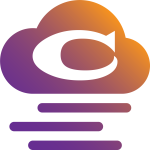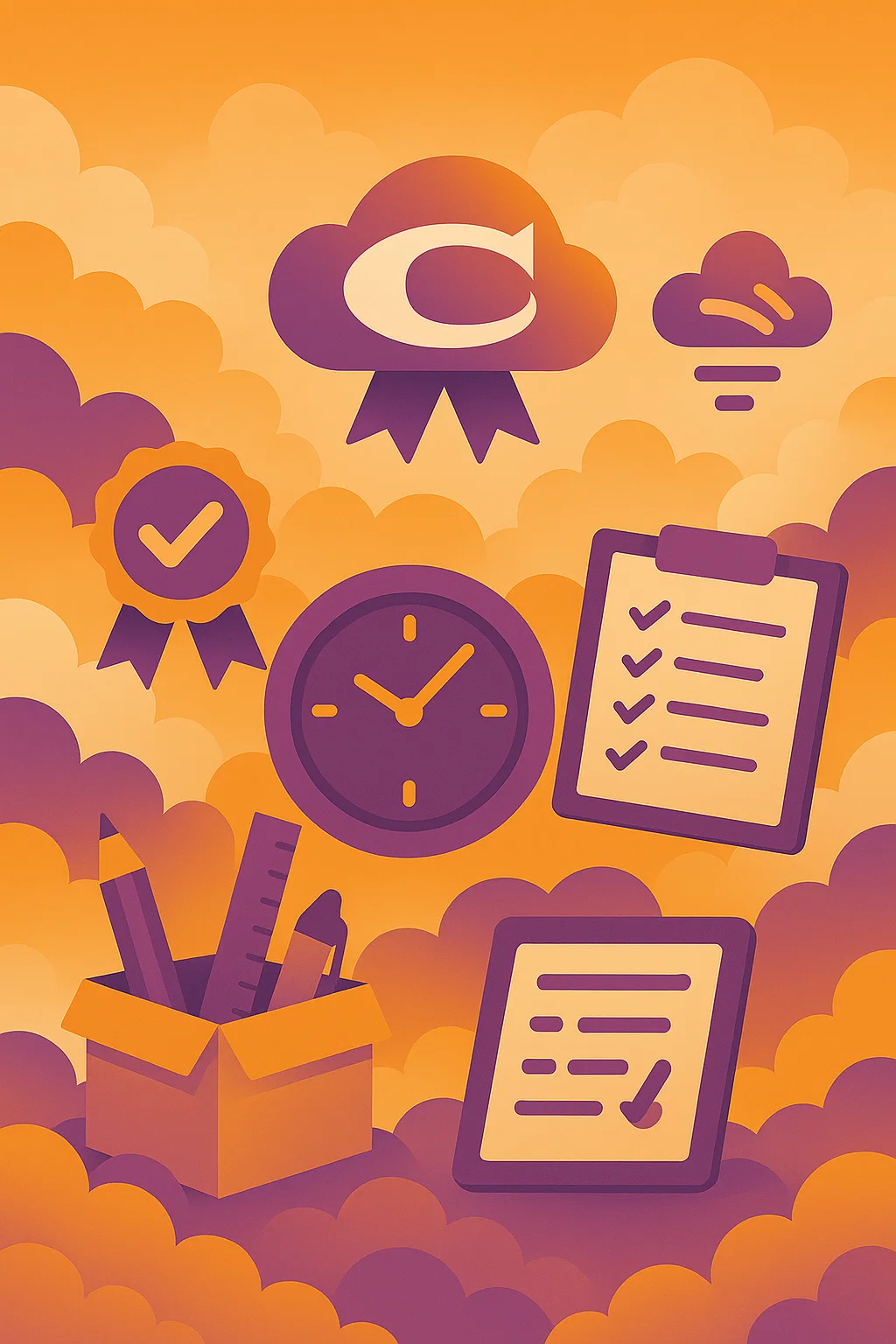What remote recruiters look for isn’t just experience—it’s the ability to work independently, communicate clearly, and thrive in async environments. Whether you’re pivoting from an office job or applying for your first remote role, knowing what recruiters prioritize gives you a serious edge.
Recruiters at remote-first companies follow a clear checklist. It includes applicant tracking filters (ATS), the right keywords, tool fluency, and visible signs you’re “remote-ready.” This guide breaks down what matters most—and how to reflect it in your application. If you’re just starting out, check our Beginner’s Guide to Remote Work.
Features
Recruiters use applicant tracking systems to auto-screen resumes.
Terms like 'async', 'distributed', and 'self-motivated' get noticed.
Autonomy, proactiveness, and written clarity matter most.
Slack, Notion, Zoom, Loom—mention your actual stack.
Standard headers and results-focused language win.
LinkedIn or a portfolio builds trust fast.
How Remote Recruiters Actually Screen You
Before a human reads your resume, most companies run it through an ATS. These systems filter candidates by relevance—scanning for keywords and structure. Recruiters also skim quickly for:
- Keywords that match the job post (including “remote” terms)
- Evidence of async collaboration or solo project ownership
- Tool familiarity: Slack, Notion, Loom, Google Workspace, etc.
We identify talent through three key attributes: talent, humility, and ambition—all of which determine if someone will succeed in our asynchronous environment long term.
Adele Kennedy – People Operations Generalist at Expensify
Instead of listing “great communicator,” show it. Mention how you led async check-ins, used Loom for updates, or managed deadlines solo. These are the real signals recruiters want to see.
How to Stand Out for Remote Roles (Even as a Beginner)
You don’t need past remote experience to land the role—you need proof you’re prepared. These strategies help highlight that readiness, even if you’ve only worked in-person until now.
Features
Mirror the job’s keywords, especially in skills and tools.
Include solo projects, freelance work, or async wins.
Name-drop Slack, Notion, or whatever matches the role.
Use standard headers and avoid fancy formatting.
Add a project link, mini portfolio, or GitHub URL.
Remote-friendly certs help beginners stand out.
One client added 'remote tools: Notion, Slack, Zoom' under their Skills section and landed 3 interviews in a week.
Remote Resume Must-Haves
Your resume is your async handshake. Make it easy to skim, keyword-aligned, and clear. Our full Remote Resume Guide breaks it all down, but here are key musts:
- Header: Add “Remote-ready” or “Open to Remote”
- Skills: List real tools—Slack, Notion, Zoom, etc.
- Experience: Use bullet points with measurable results
- Portfolio: Link to proof of work (even simple PDFs)
What Recruiters Actually Scan For
Once your resume passes the ATS, most recruiters spend less than 60 seconds skimming it. Here’s what they zero in on before deciding to interview:
- Timezone overlap: Can you collaborate without delays?
- Communication clarity: Is your writing crisp and typo-free?
- Async capability: Have you managed projects or worked solo?
- Proof of work: Links to a portfolio or GitHub add instant trust
- Tool familiarity: Mention the tools listed in their job post
According to We Work Remotely’s Remote Show, async communication is one of the most valued skills in remote-first teams.
Still have questions about what remote recruiters look for? That’s normal—every company has its quirks. But if you tailor your resume to the role, show proof of independent work, and use the right keywords, you’re already ahead of most applicants.
Bonus: Free Checklist to Optimize Your Remote Resume
Checklist
How To Apply This In Real Job Searches
Updating your resume is a strong first step—but success comes when you align that resume with each job you apply for. Remote recruiters often scan for signals that show you’ve read the post, understand async work, and already speak their language. Your job is to reflect that in every version you send out.
If you’re unsure how to show what remote recruiters look for, start by reflecting the same phrases they use in job descriptions.
Start by scanning job posts for remote-specific cues like “async,” “timezone overlap,” “self-starter,” or tool names like “Loom,” “Notion,” or “Trello.” Build a simple spreadsheet to track which keywords and tools appear most often across roles you’re interested in. This isn’t just busywork—it’s your custom roadmap to tailoring your resume effectively.
Then, tweak each application just enough to mirror that language. For example:
- Change “Project Manager” to “Remote Project Manager” in your title line
- Add “remote async updates via Loom” to an experience bullet
- List your timezone (or working hours) in your summary
- Mention specific tools the job post calls out, if you’ve used them
These small changes can push you past the ATS and into the shortlist—without needing a full resume rewrite each time. Over time, you’ll start seeing patterns in what different industries or companies value most, which helps you apply faster and smarter.
One applicant started noting timezone overlap and async tools in their summary. Within 10 days, they booked 3 interviews at remote-first companies.
Final Thoughts
What remote recruiters look for goes beyond buzzwords—they want to see that you can function independently, communicate with clarity, and contribute without micromanagement. Start by reflecting those skills in your resume, LinkedIn, and portfolio—even if your past jobs weren’t remote.
Take one step today: choose a remote tool to learn, update your resume with role-specific keywords, or add a short project to your portfolio. You’re closer than you think.
Want more ways to get noticed by remote recruiters? Explore our full remote career growth hub for strategies, tools, and resume guides.
Make sure you take a look at Remote Job Opportunities to find your next position.
- Get a Remote Job – No Experience Needed
- Async vs real-time remote
- ATS Keyword Strategy
- Top Soft Skills for Remote Jobs
- Office vs Remote Job Skills | What Really Changes
- What Remote Recruiters Look For
- Remote Resume Revamp | How to Tailor Your Resume for Remote Roles
- Top Remote Jobs That Pay Well in 2025
- How to Work Remotely While Traveling (Digital Nomad Edition)


